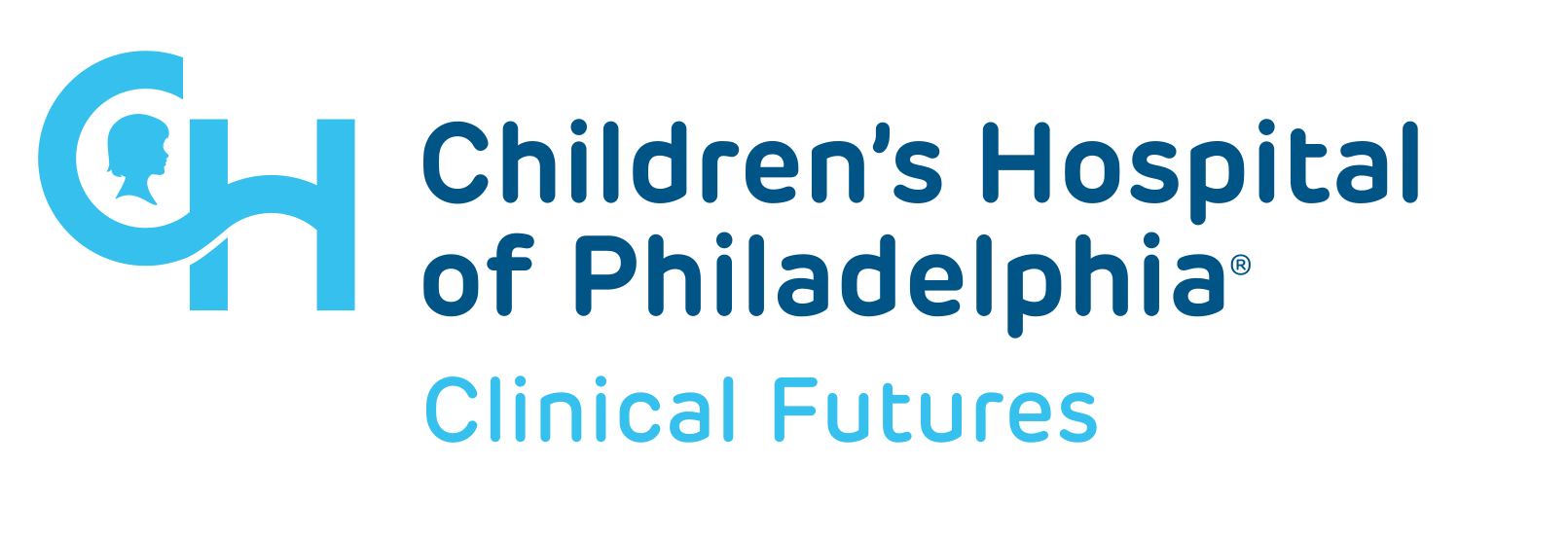Research In Practice Blog
Breadcrumb

When looking for a new place to live, the neighborhood usually influences a family's decision. Some people are looking for low crime rates, a good school for their children, to be close to their jobs, or a park. However, should your health be a consideration when moving to a neighborhood? For many people, health does not play a role when moving to a new location. Recent research suggests that it should be.
Dr. Stephanie Mayne, the Associate Director of Epidemiology at Clinical Futures and research scientist at PolicyLab, joins Dr. Katie Lockwood on the Primary Care Perspectives podcast, to discuss the role neighborhoods have in the health of children. It is important for primary care providers to have all the information they need to provide well-rounded, inclusive care for their patients. Dr. Mayne describes neighborhood-level social determinants of health and their impacts on health outcomes, disparities in neighborhood resources, and possible solutions.
Neighborhoods could be defined with administrative boundaries like zip codes, or the distance around someone’s home, how the residents define their own neighborhood, which is one thing Dr. Mayne likes to ask her participants. Various neighborhood-social determinants of health were identified, such as green space, abandoned properties, and violent crime.
Many of these neighborhood-level social determinants of health were found in studies that Dr. Mayne participated in or mentioned in the podcast. For example, green space and tree canopy cover in a neighborhood were determined to influence adolescent sleep and, therefore, health in a study done with Dr. Jonathan Mitchell. Additionally, Dr. Mayne referenced this study which looked at the relationship between neighborhood social environment and diet, this study consisted of a survey of 300 women caregivers to preschool-aged children who receive Medicaid health insurance. Another source used to learn more about neighborhood social determinants of health was the Child Opportunities Index, which “measures and maps the quality of resources and conditions that matter for children to develop in a healthy way in the neighborhoods where they live”, these resources include access to education, health and environment services, and social and economic opportunities. Lastly, Dr. Mayne referenced her colleagues, Dr. Eugenia South, who works at the University of Pennsylvania, and did research on the effects of vacant land on mental health, and Dr. Brian Jensen, who worked with Dr. Mayne on developing the Primary Care Wellness Report, which was funded through The Possibilities Project.
Dr. Mayne and Dr. Lockwood hope that sharing this information about the relationship between neighborhoods and health will assist pediatricians and primary care providers in providing comprehensive care to their patients. To listen to this Primary Care Perspectives Podcast episode, click here.
____________________________________________________________________________
Hanna Stutzman is the Communications Intern for Clinical Futures. Hanna is a third-year student at The College of New Jersey in the School of Nursing and Health Sciences, currently pursuing a degree in Public Health and a minor in Environmental Sustainability Education. She is expected to graduate December 2023, and continue her education in The College of New Jersey’s Master of Public Health degree program.
Stephanie L. Mayne, PhD, MHS, is the Associate Director, Clinical Epidemiology at Clinical Futures. Dr. Mayne is also a faculty member and research scientist at PolicyLab at the Children’s Hospital of Philadelphia. She is an epidemiologist whose research focuses on the prevention of cardiovascular disease as well as the promotion of healthier lifestyles in children and their families. Using multilevel and longitudinal epidemiological methods, she investigates how factors at the individual, family, neighborhood, and policy level influence risk factor behaviors and cardiometabolic outcomes.
Her past research has focused on tobacco control and obesity prevention policies, neighborhood social environments (e.g., crime, safety, segregation), and using new technologies (e.g., Google Street View imagery) to characterize neighborhood environments. She is also currently engaged in research to promote innovation in pediatric primary care, and has collaborated with other Children's Hospital of Philadelphia investigators on health information technology-focused research in primary care settings.
Study authors from Children’s Hospital of Philadelphia include Stephanie L. Mayne, Chloe Hannan, Gabrielle DiFiore, Jonathan Mitchell, Senbagam Virudachalam, and Alexander G. Fiks.
Funding for this study was provided by the Children's Hospital of Philadelphia Possibilities Project.
Mayne SL, Hannan C, DiFiore G, Virudachalam S, Glanz K, Fiks AG. Associations of Neighborhood Safety and Collective Efficacy with Dietary Intake among Preschool-Aged Children and Mothers. Child Obes. 2022 Mar;18(2):120-131. doi: 10.1089/chi.2021.0144. Epub 2021 Oct 5. PMID: 34613834.
Mayne SL, DiFiore G, Hannan C, Nwokeji U, Tam V, Filograna C, Martin T, South E, Mitchell JA, Glanz K, Fiks AG. Feasibility and acceptability of mobile methods to assess home and neighborhood environments related to adolescent sleep. Sleep Health. 2023 Feb 11:S2352-7218(23)00027-X. doi: 10.1016/j.sleh.2023.01.014. Epub ahead of print. PMID: 36781356.
